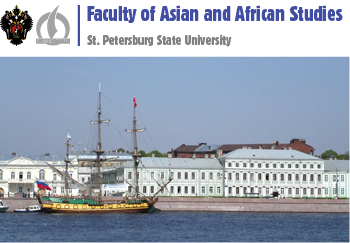SPbU Publishing House publishes for the first time in Russian ‘The Reports on the Language Situation in China: Language Policy’ collection of articles
The collection of articles was translated by the University teachers of oriental studies. Designated for the scholars of China, linguists and lawyers, the publication offers a comprehensive review of the directions, stages and results of the language policy in China.
Rector Nikolay Kropachev was the author of the preface. The text says that the state policy in the sphere of language and writing significantly expanded after the foundation of the People’s Republic of China in 1949. At that time, only 20% of the 500 million population of China were literate, while the vast majority spoke only a local dialect. It was obvious to the government of China that modernisation of the country and the development of the economy and culture could not be implemented without raising the level of literacy and promoting the language of national communication.
You can find more information on the collection and the preface, as well as purchase the book at the Publishing House of St Petersburg University.
‘The economic take-off of modern China is underpinned by the success of the language policy among other things. Today, over 95% of the Chinese population know standard hieroglyphic script and over 70% of people speak Standard Mandarin (Pǔtōnghuà),’ writes Nikolay Kropachev. ‘More and more Chinese people speak not only Standard Mandarin and a local dialect of the Chinese language or a national minority language but also a foreign language. Moreover, we see that the popularity of Chinese has grown outside China, while its role in international communication has become more significant.’
15 University teachers worked on the translation of the collection of articles to be published in Russian for the first time.
The editorial board included the Deans of St Petersburg University, Candidates of Philology Alexey Rodionov and Elena Kolpachkova, and the Dean of the Faculty of Law, Candidate of Law Sergei Belov.
The collection of articles has been created with the support of the National Languages Working Committee of the People’s Republic of China. It includes 34 articles and speeches of Chinese scholars and government officials related to the issues of language policy in the PRC. All of the articles have been previously published in the annual editions of ‘The Reports on the Language Situation in China’.
- Category: News
- Hits: 589




